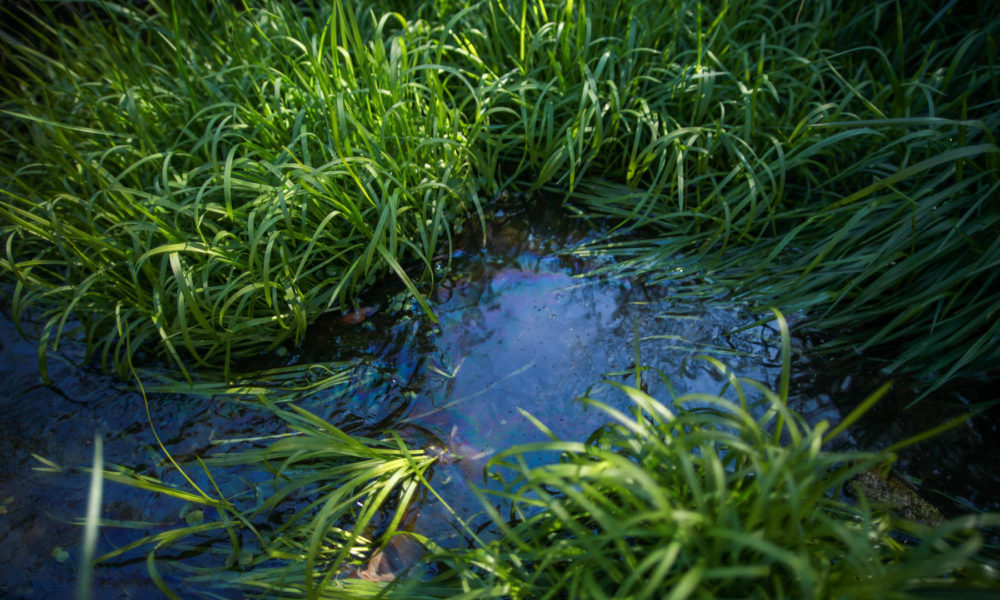Operable Unit-3 Background
The creation of Operable Unit-3 (OU-3) was announced in 2017 to further investigate radioactive groundwater contamination beneath the landfill. Only a few groundwater samples collected in the mid-1990s found Radium exceeding the Maximum Contaminant Level (MCL) for drinking water. The EPA required new groundwater samples collected in 2012-2014 in order to freshen up the date before issuing a Record of Decision amendment . That testing found a significant increase in the number of samples with Radium exceeding the MCL for drinking water compared to data collected in the mid-1990s, leading to the creation of OU-3.
The EPA announced in February 2019 that it will require 8 quarters of groundwater samples to be collected in order to determine the extent of radioactive groundwater contamination. OU-3 will come with its own Remedial Investigation and Feasibility Study; the same process used to determine the EPA’s Record of Decision announced in September 2018 for OU-1.
Resources
Environmental Protection Agency (EPA): The EPA has lead jurisdiction for OU-3 groundwater investigation.
United States Geological Survey (USGS): The USGS provides technical research and support to the EPA in its investigation and assessment of groundwater at the West Lake Landfill.
Risk and Character of Radioactive Waste at the West Lake Landfill, Bridgeton, Missouri: Groundwater assessment written by Dr. Bob Criss, Professor Emeritus in Earth & Planetary Sciences at Washington University in St. Louis.

